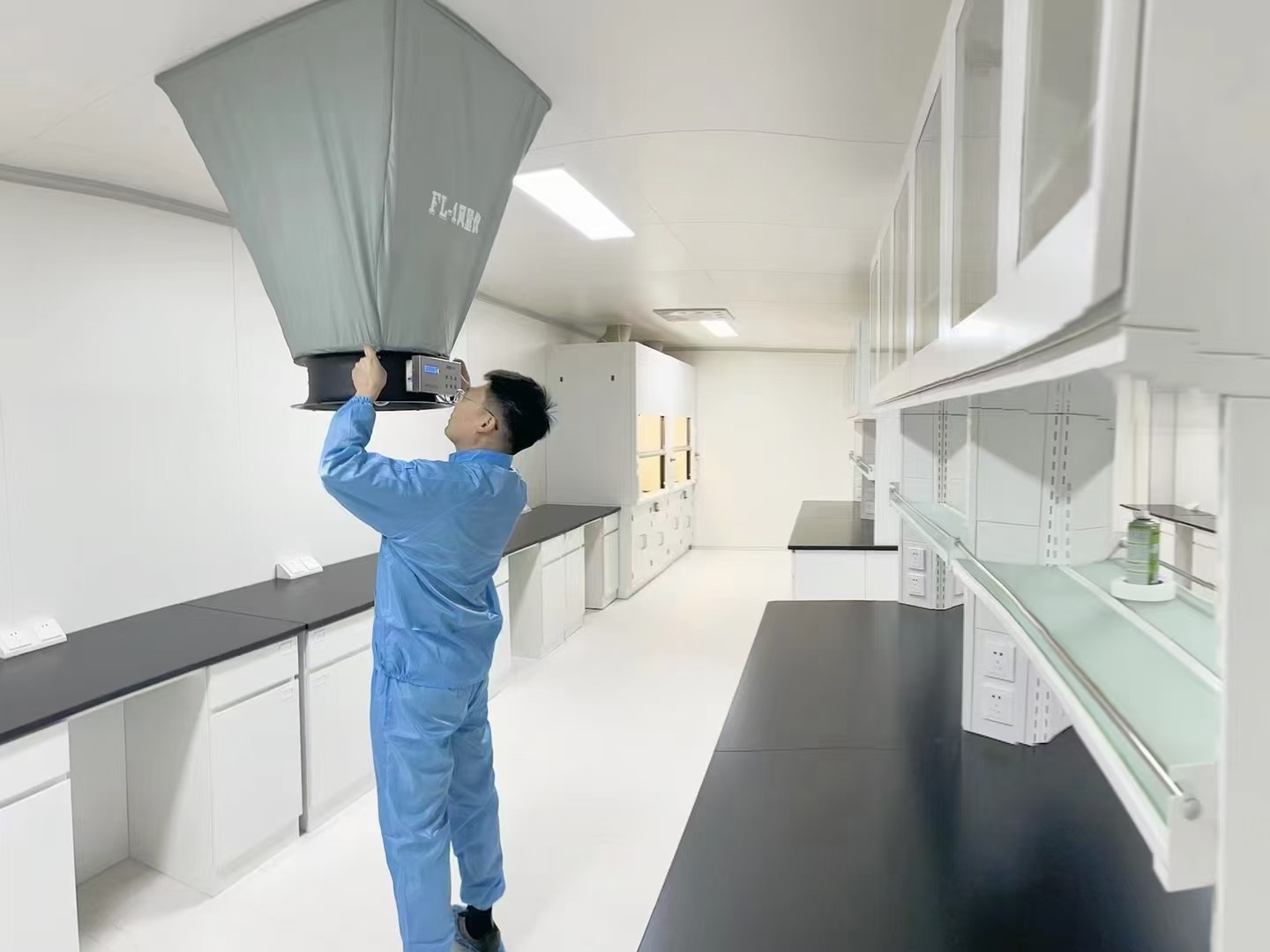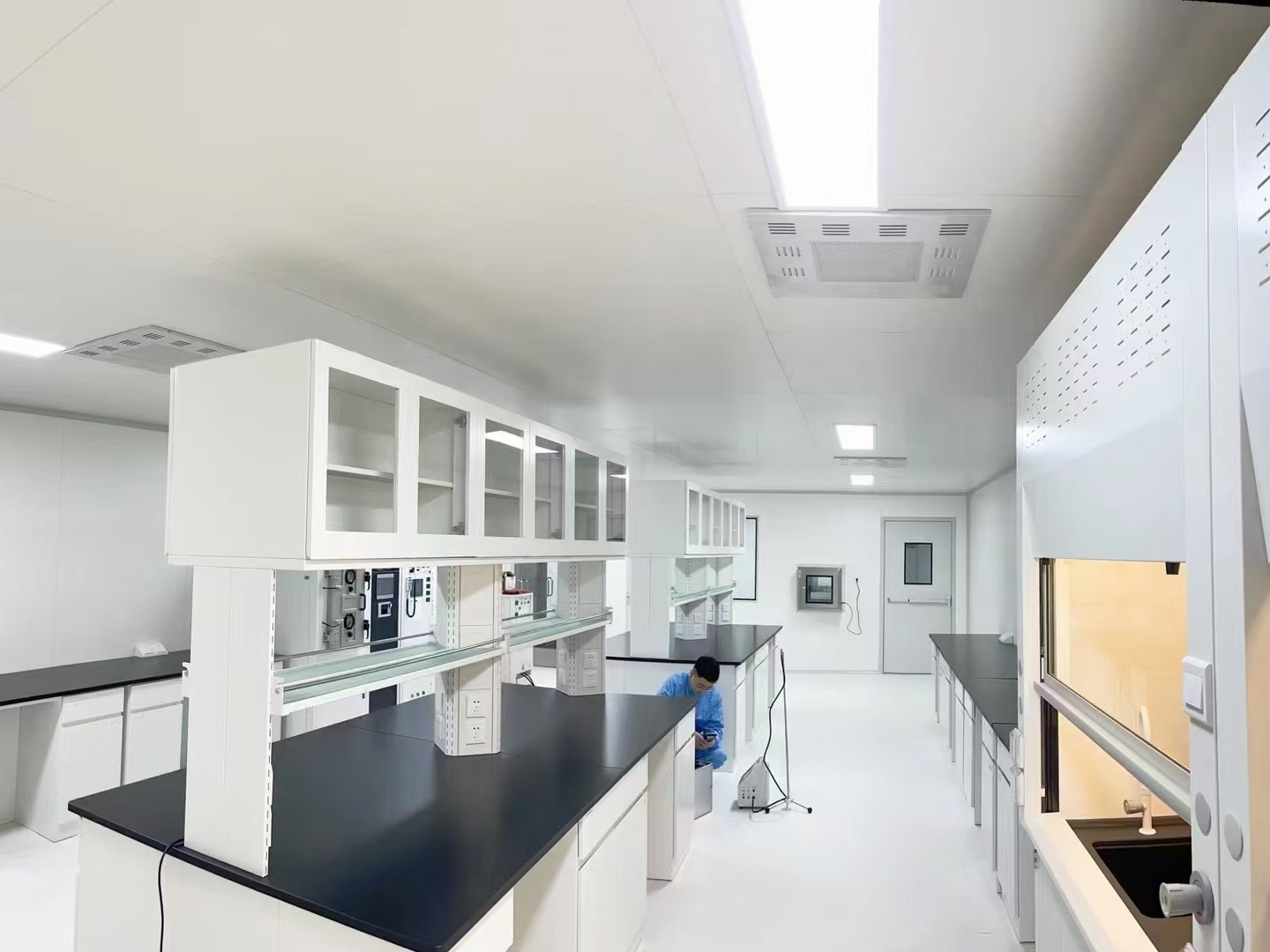

A new era of space exploration has arrived, and Elon Musk's Space X often occupies hot searches.
Recently, Space X's "Starship" rocket completed another test flight, not only successfully launched, but also realized the innovative recovery technology of "chopsticks holding rockets" for the first time. This feat not only demonstrated the leap in rocket technology, but also put forward higher requirements for the precision and cleanliness of the rocket manufacturing process. With the rise of commercial aerospace, the frequency and scale of rocket launches are increasing, which not only challenges the performance of rockets, but also puts forward higher standards for the cleanliness of the manufacturing environment.
The precision of rocket components has reached an incredible level, and their tolerance for contamination is extremely low. In every link of rocket manufacturing, clean room standards must be strictly adhered to to ensure that even the tiniest dust or particles cannot adhere to these high-tech components.
Because even a speck of dust may interfere with the complex mechanical operation inside the rocket, or affect the function of sensitive electronic equipment, which may eventually lead to the failure of the entire launch mission or make the rocket unable to meet the expected performance standards. From design to assembly, every step must be carried out in a strict clean room environment to ensure the reliability and safety of the rocket. Therefore, clean room have become an indispensable part of rocket manufacturing.
Clean rooms provide a dust-free working environment for rocket component manufacturing by controlling pollutants in the environment, such as dust, microorganisms and other particulate matter. In rocket manufacturing, the required clean room standard is usually ISO 6 level, that is, the number of particles with a diameter greater than 0.1 microns per cubic meter of air does not exceed 1,000. Equivalent to an international standard football field, there can only be one Ping Pong ball.
Such an environment ensures the purity of rocket components during manufacturing and assembly, thereby improving the reliability and performance of rockets. In order to achieve such a high cleanliness standard, hepa filters play a vital role in clean rooms.
Take hepa filters as an example, which can remove at least 99.99% of particles larger than 0.1 microns and effectively capture particulates in the air, including bacteria and viruses. These filters are usually installed in the ventilation system of the clean room to ensure that the air entering clean room is strictly filtered. In addition, the design of hepa filters allows air flow while minimizing energy consumption, which is essential to maintaining the energy efficiency of the clean room.
The fan filter unit is a key device used to provide clean air in clean room. They are usually installed on the ceiling of the clean room, and the air is passed through hepa filter by the built-in fan and then evenly delivered into clean room. The fan filter unit is designed to provide a continuous flow of filtered air to ensure the air cleanliness of the entire clean room. This uniform airflow helps to maintain stable environmental conditions, reduce air vortices and dead corners, and thus reduce the risk of contamination. The product line of fan filter units adopts a flexible modular design, which enables it to be tailored to the specific needs of the clean room, while facilitating future upgrades and expansions based on business expansion. According to its own production environment and air purification standards, the most suitable configuration is selected to ensure an efficient and flexible air purification solution.
Air filtration technology is a key factor in rocket manufacturing process, which ensures the cleanliness and performance of rocket components. With the continuous advancement of aerospace technology, air filtration technology is also constantly evolving to meet higher cleanliness requirements. Looking to the future, we will continue to deepen our research in the field of clean technology and contribute to the development of the aviation industry.
Post time: Nov-07-2024

